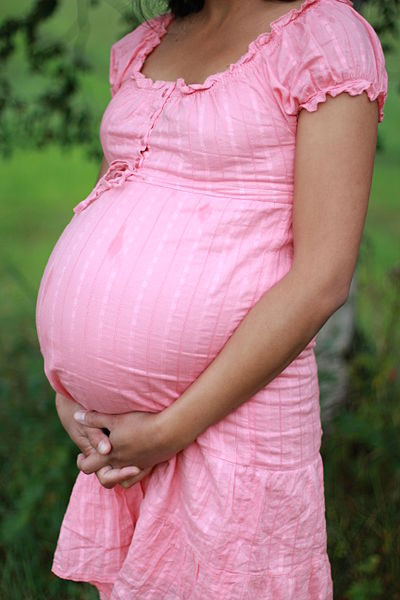Make sure new law doesn’t make surrogates ‘useful wombs’
By Anne Else,
Newsroom
| 08. 16. 2021
Agreeing to be a birth mother in a surrogacy arrangement is a precious gift to people wanting a child. But if it’s poorly regulated, it can lead to women being seen as just useful wombs.
No one knows exactly how many surrogacy arrangements have been made or how many children have been born this way to New Zealanders since the Human Assisted Reproductive Technology (HART) Act was passed in 2004, because no comprehensive records are kept. But surrogacy makes up less than 1 percent of fertility clinic treatment cycles here. There’s no guarantee of a live birth.
The Law Commission’s best guess is that around 50 children are born through surrogacy each year, including through international commercial surrogacies. The child usually has a genetic connection to at least one intending parent – though not when two donors are used. And in some cases the birth mother is the genetic mother.
(The Law Commission calls her ‘the surrogate’, but ACART (advisory committee) and ECART (ethics committee) use 'birth mother' – the most accurate term for her role.
There is one big gap...
Related Articles
By Jessica Hamzelou, MIT Technology Review | 01.13.2025
Lisa Holligan already had two children when she decided to try for another baby. Her first two pregnancies had come easily. But for some unknown reason, the third didn’t. Holligan and her husband experienced miscarriage after miscarriage after miscarriage.
Like...
By Melissa Dahl, Slate | 01.13.2025
Mia used to say she’d never do in vitro fertilization. It’s a detail that feels significant now, looking back on the three long years that she and her husband, Chris, have spent trying to conceive. “When we first started trying...
By Tatiana Giovannucci, PET | 01.13.2025
Ten pregnant women and three others with their babies were repatriated to the Philippines after being pardoned by the Royal Government of Cambodia.
The women were recruited to act as surrogates in Cambodia, and were all pregnant at the time...
By Kristen V. Brown, The Atlantic | 01.15.2025
The first time Jamie Cassidy was pregnant, the fetus had a genetic mutation so devastating that she and her husband, Brennan, decided to terminate in the second trimester. The next time they tried for a baby, they weren’t taking chances...




